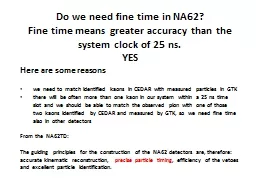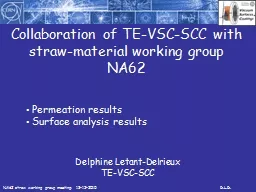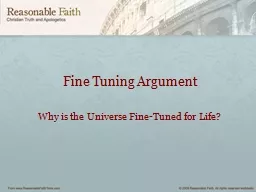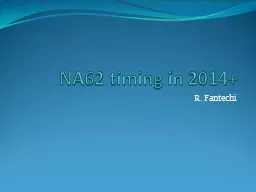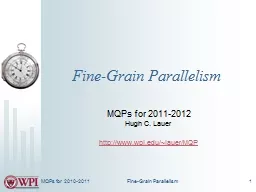PPT-Do we need fine time in NA62?
Author : min-jolicoeur | Published Date : 2018-02-25
Fine time means greater accuracy than the system clock of 25 ns YES Here are some reasons we need to match identified kaons in CEDAR with measured particles in
Presentation Embed Code
Download Presentation
Download Presentation The PPT/PDF document "Do we need fine time in NA62?" is the property of its rightful owner. Permission is granted to download and print the materials on this website for personal, non-commercial use only, and to display it on your personal computer provided you do not modify the materials and that you retain all copyright notices contained in the materials. By downloading content from our website, you accept the terms of this agreement.
Do we need fine time in NA62?: Transcript
Download Rules Of Document
"Do we need fine time in NA62?"The content belongs to its owner. You may download and print it for personal use, without modification, and keep all copyright notices. By downloading, you agree to these terms.
Related Documents

